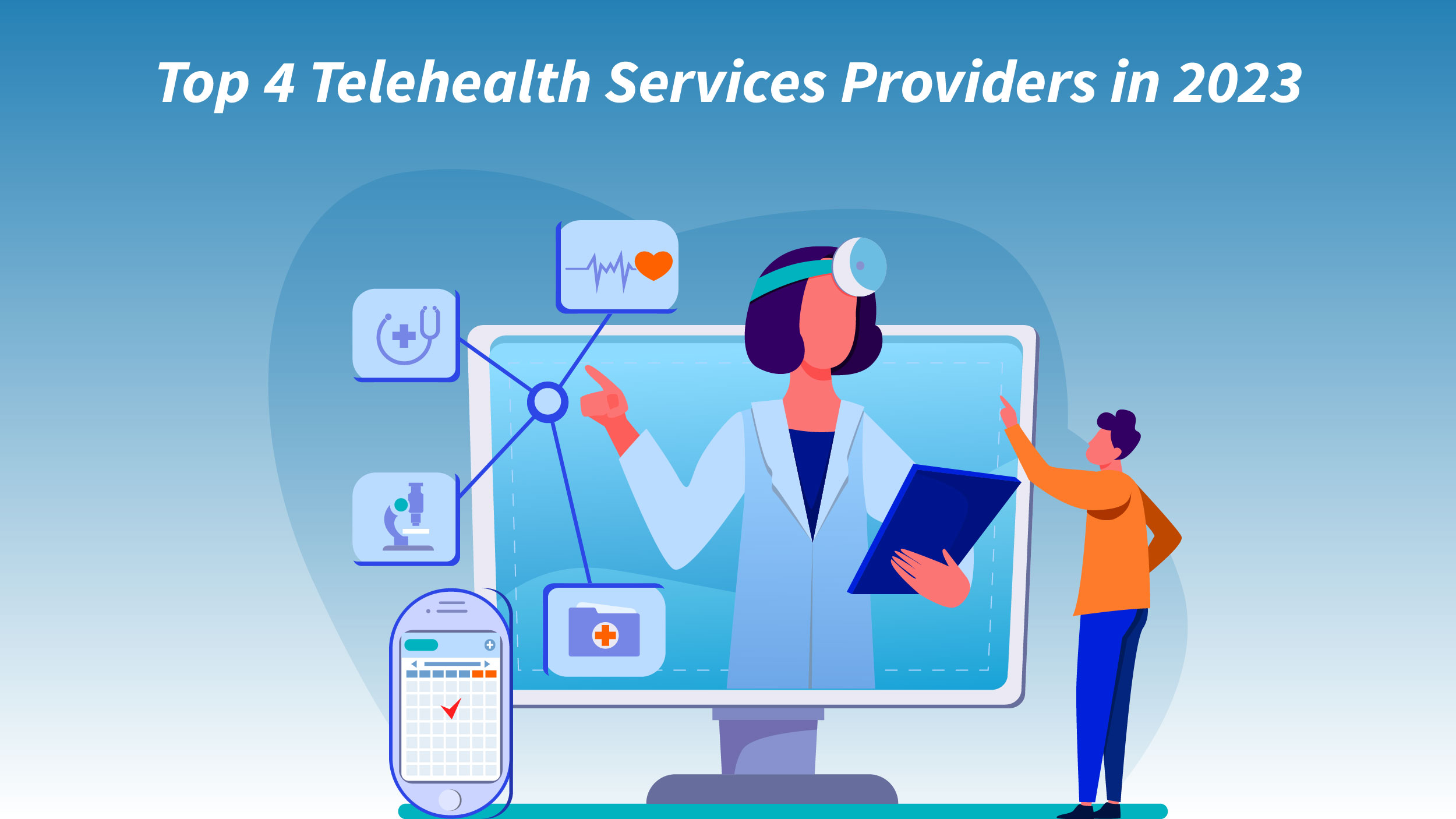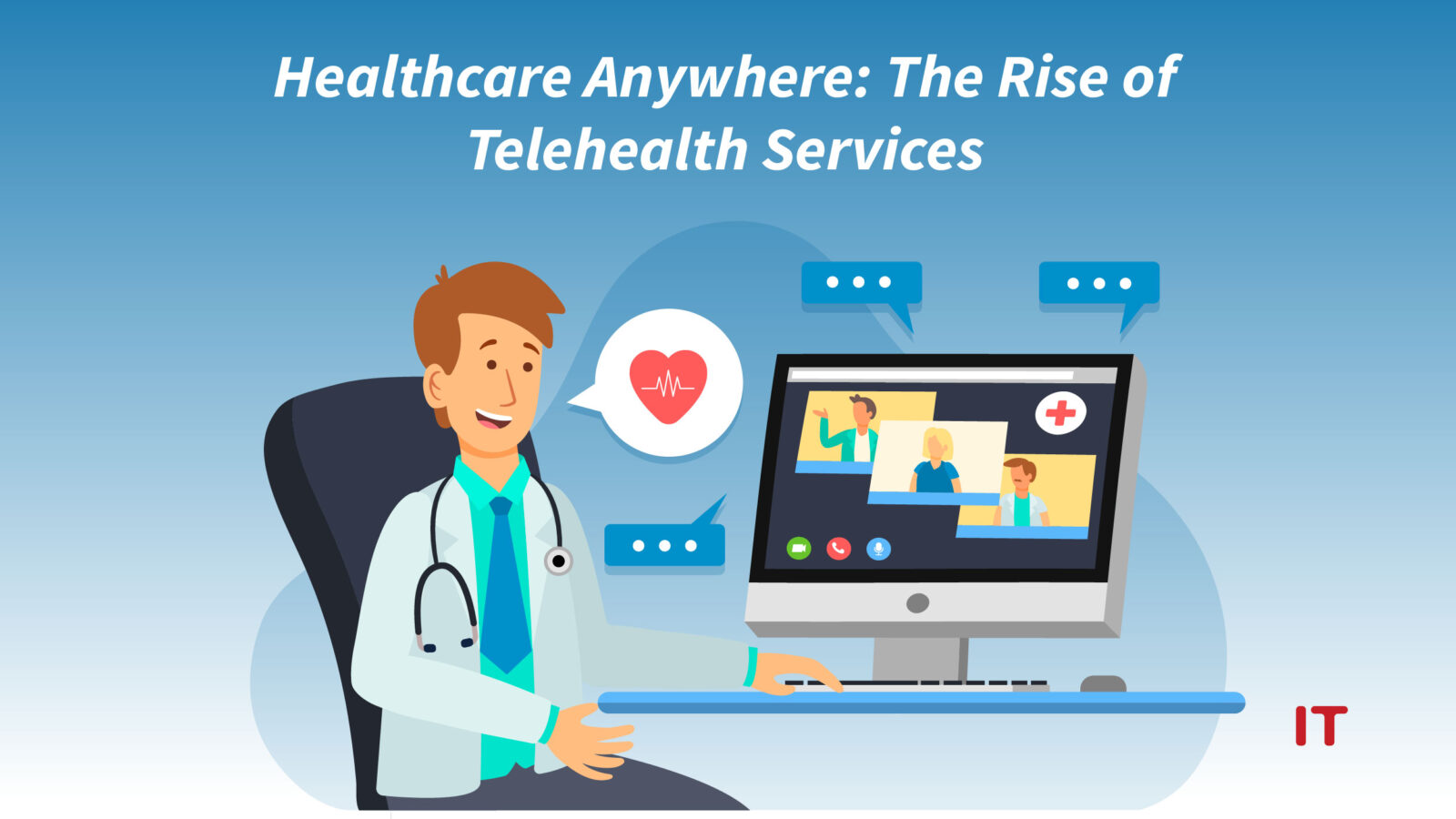Ever found yourself wishing you could see the doctor without the hassle of scheduling, commuting, or waiting rooms? Here we are in the era of telehealth services, bringing healthcare right to you—virtually, of course. In a world where everything from groceries to socializing happens online, it’s no surprise that healthcare is getting a digital upgrade too. So, what’s the deal with telehealth? How does it work, and more importantly, how does it affect you?
What are Telehealth Services?
Telehealth services refers to the utilization of electronic telecommunication technologies and information to facilitate healthcare services remotely. These services encompass various aspects such as remote diagnosis, consultation, treatment, and the management of both patient care and personal health. Additionally, telehealth includes the use of technologies like the internet, video conferencing, store-and-forward imaging, streaming media, and both terrestrial and wireless communications. Its applications extend to supporting long-distance clinical care, health-related education for patients and professionals, health administration, and public health initiatives.
Expansive Universe of Telehealth Services
 Telehealth services have become a cornerstone in modern healthcare, addressing diverse medical needs with tailored solutions. In the realm of telehealth services for mental health, these services provide a transformative avenue for individuals seeking support, offering virtual consultations that break down barriers to access and promote open discussions. The rise of online telehealth services has redefined the patient-provider dynamic, enabling appointment scheduling at one’s convenience, ultimately enhancing accessibility and empowering patients to proactively manage their health.
Telehealth services have become a cornerstone in modern healthcare, addressing diverse medical needs with tailored solutions. In the realm of telehealth services for mental health, these services provide a transformative avenue for individuals seeking support, offering virtual consultations that break down barriers to access and promote open discussions. The rise of online telehealth services has redefined the patient-provider dynamic, enabling appointment scheduling at one’s convenience, ultimately enhancing accessibility and empowering patients to proactively manage their health.
Moreover, the pivotal role of telehealth extends to emergencies, providing swift and remote connections to healthcare professionals. Emergency telehealth services transcend geographical limitations, ensuring timely interventions that can be life-saving, especially in critical scenarios. The integration of telehealth across these domains underscores its versatility, offering a comprehensive and patient-centered approach to healthcare delivery.
Also Read: Spatial Computing: Everything You Need to Know About this Next Frontier in Digital World
Advantages of Telehealth Services
Telehealth services provide numerous benefits that contribute to the transformation of the healthcare industry. Here are a few main advantages:
● Enhanced Accessibility
Telehealth eliminates geographical limitations, allowing individuals, particularly those residing in remote or underserved regions, to receive healthcare services without the necessity of extensive travel.
● Convenience for Patients
Patients have the option to arrange virtual appointments based on their convenience, which helps to minimize the necessity of long journeys and time spent in physical waiting rooms. This adaptability is especially advantageous for individuals with packed schedules or limited mobility.
● Cost Savings
Telehealth has the potential to generate economic benefits for both individuals and healthcare systems by offering cost savings. The utilization of telehealth services can result in decreased transportation expenses, alleviate the impact of absenteeism from work, and reduce the financial burden of maintaining physical facilities.
● Early Intervention and Prevention
Continuous monitoring of patients’ health metrics through remote monitoring enables timely intervention and customized preventative measures. By taking a proactive approach, this method can result in improved health outcomes and decreased hospital admissions.
● Improved Continuity of Care
Telehealth enhances the seamless coordination among healthcare professionals involved in a patient’s treatment, promoting comprehensive healthcare provision. This enables effective communication and collaboration, ultimately leading to better continuity of care.
Top 4 Telehealth Services Providers in 2023
 Let’s take a look at some of the standout telehealth service providers that could make a difference this year and in the future.
Let’s take a look at some of the standout telehealth service providers that could make a difference this year and in the future.
1. Amwell
Amwell offers a range of solutions tailored to meet the needs of health systems, health plans, and nursing facilities, including its telemedicine products. The company delivers a platform that ensures compliance with HIPAA regulations, enabling professionals and patients to connect virtually. Additionally, Amwell provides associated hardware like telemedicine carts and TytoCare devices.
2. Teladoc Health
Teladoc, a leading player in the telehealth sector with nearly two decades of industry experience, has a vast network of healthcare professionals and practitioners who conduct virtual consultations with patients across more than 175 countries, catering to their medical requirements through video-based interactions. Apart from offering essential primary care services, Teladoc’s medical specialists also deliver assistance in areas such as smoking cessation, dermatology, and mental health issues.
3. MDLive
MDLive provides patients with the opportunity to access virtual healthcare services from a wide range of certified doctors and licensed therapists. With a focus on urgent care, primary care, mental health, and dermatology, the platform is available 24/7. Some insurance coverage options are also available for these services. Furthermore, MDLive offers the possibility for businesses to collaborate with them, either as health systems or by integrating their services into existing health plans.
4. Optimize Health
Optimize Health operates a telehealth platform that offers a consolidated interface for medical professionals to remotely oversee and care for patients. This platform facilitates the management of chronic diseases like diabetes and heart conditions, as well as addressing acute health issues such as cancer or infection. The system provides a comprehensive solution where data is visually and operationally integrated, allowing for efficient monitoring and treatment.
Bottom Line
In the rapidly evolving landscape of healthcare, telehealth services have emerged as a transformative force, bringing the doctor’s office to the digital realm. The convenience, accessibility, and range of services offered by telehealth providers underscore a paradigm shift in how we approach medical care. The impact of these services extends beyond the immediate horizon, promising a future where healthcare is not just a destination but a seamless part of our daily lives. So, whether it’s a virtual consultation, mental health support, or emergency intervention, telehealth has proven that quality healthcare is just a click away, revolutionizing the way we think about wellness and medical care.
































